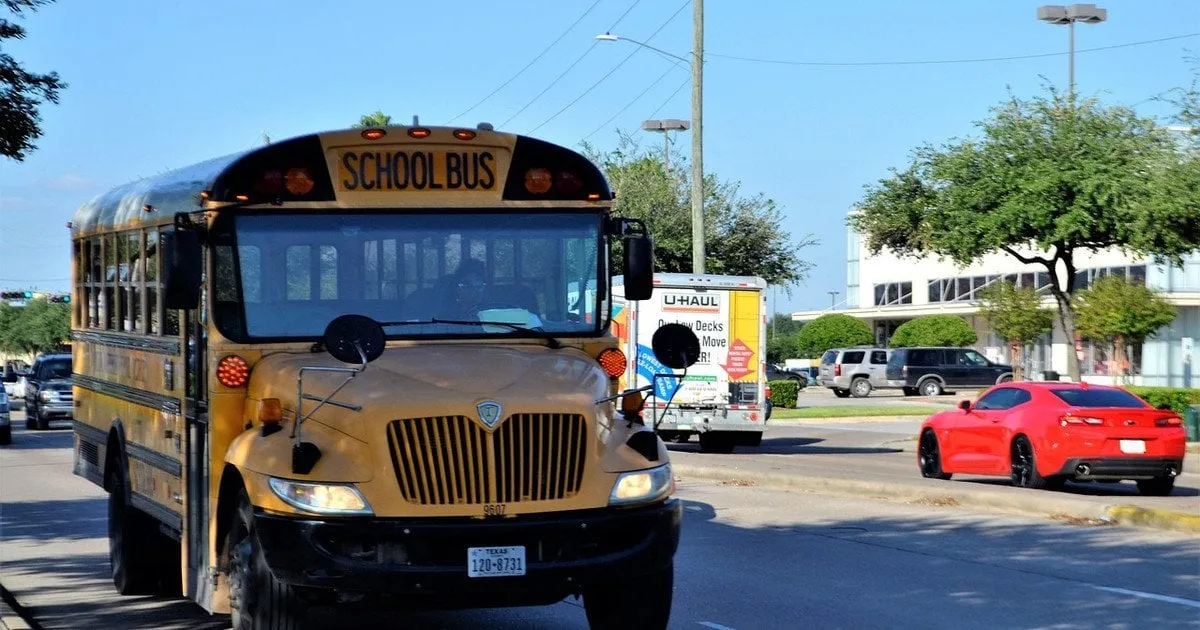In a world where education often becomes a battleground for the future of nations, the story of one Ukrainian teacher sheds light on striking contrasts between systems separated by an ocean and decades of reform. Valeria Buchkovska, a former teacher from Ukraine now teaching at an American school, shared her daily routine on Instagram, surprising thousands of followers and sparking lively discussions on social media. Her story is not just an anecdote – it is a window into the American education model, where the balance between work and life is not a luxury but the norm, attracting talent from around the world, including those fleeing war and economic instability.
In the United States, where teachers' unions like the American Federation of Teachers vigorously defend workers' rights, a typical teaching day rarely exceeds 7 hours, with a focus on efficiency rather than exhaustion. According to the National Center for Education Statistics, an average public school teacher in the US spends about 5-6 hours per day with students, dedicating the rest of the time to planning and professional development. This sharply contrasts with Ukraine, where, based on my observations during trips to Kyiv and Lviv, teachers often work 8-10 hours, plus unpaid evening checks of notebooks or preparation for state exams, leading to burnout and mass attrition.
Having emigrated to the US after the full-scale invasion of Ukraine by Russia in 2022 – like thousands of her compatriots – Buchkovska describes her day with almost the enthusiasm of a pioneering discoverer. "My official work begins at 9:00 am," she writes. Waking up at 7:00, she has time for peaceful preparations, arriving at school early to get ready. At 8:55, the bell rings, and teachers collectively meet children in the yard – a ritual emphasizing community and safety, typical for American schools, where emotional well-being of students is part of federal programs like No Child Left Behind or its successors.
She conducts lessons in core subjects – mathematics, reading, science – but only 4.5 hours a day with her own class. The rest of the time, children are with specialists in music, art, physical education, or the library, allowing Buchkovska to rest, eat, and prepare. "During this time, I can eat myself and prepare for the next lessons," she notes, emphasizing a simple but revolutionary idea for many immigrants: a teacher is not a machine but a person with needs. Once a month, there is a 45-minute pedagogical meeting before the start of the day, and at 3:30 pm, she accompanies children to the school bus, and that’s it. "School quickly empties out because no one stays after lessons until night like often happened in Ukraine. Extra work time here is unpaid," she adds, touching on a painful topic for Ukrainian teachers, where overtime hours are often unpaid “volunteering.”
This story resonates against the broader context: since 2022, over 100,000 Ukrainians have found refuge in the US, many of them professionals like Buchkovska, integrating into local systems. According to insider information from my sources in the US Department of Education, such immigrants often become catalysts for change, bringing a fresh perspective to multicultural education. But not everything is perfect: American teachers face challenges such as low salaries in some states (average around $65,000 a year, with variations) and staffing shortages, which led to strikes in Los Angeles and Chicago in recent years. However, as Buchkovska’s experience shows, the structure of the workday – with clear boundaries and support – makes the profession attractive, especially for those used to the chaos of post-Soviet realities.
In a world where education determines the competitiveness of nations, Buchkovska’s story reminds us: real reform begins not with textbooks but with respect for those who teach them. For Ukrainians dreaming of a new life, this is not just a story – it is a roadmap to a better balance, where work serves life, and not the other way around.


